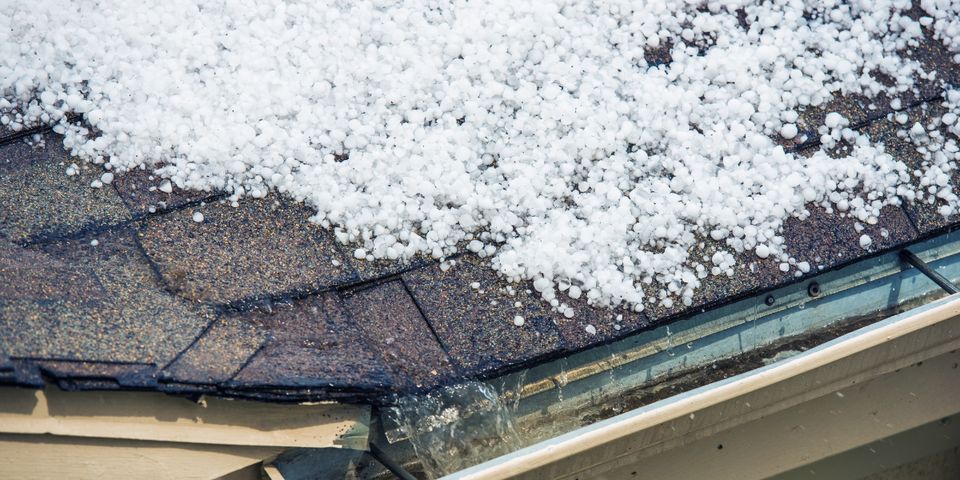
Winter weather is especially hard on your roof. The snow and ice and the freezing and thawing can create several problems that may lead to costly roofing repairs if not adequately addressed.
Here are six common problems your roof may face over the winter season.
PROBLEM #1 – CONDENSATION
When warm air meets a cold surface, condensation will occur. Unfortunately, an improperly insulated attic is a prime candidate for the formation of condensation, which can lead to mold and mildew, damaging the interior structure of your home. To prevent condensation, ensure your attic is properly ventilated. Inadequate ventilation can damage your roof, the decking and encourage ice dams and shorten your roof’s overall lifespan by half.
PROBLEM #2 – FLASHING LEAKS
If you have a sloped roof like most of us do, you may be no stranger to leaky flashings. Flashings are the strips of metal that are placed along the front edge, corners and ridges of your roof and around your chimney and skylights. If not installed properly, or during a violent storm, they can start to pull away from your roofing material and lead to water leaks. Inspect your flashings about every six months to help prevent this from becoming a problem.
PROBLEM #3 – STRONG WINDS
Wind storms aren’t super common in our region, but they do happen and we’ve had one this year already. When wind speeds pick up enough they can start to loosen up shake and asphalt shingles. If you notice shingles or other parts of your roof on the ground, contact us as soon as possible to have those shingles replaced before more damage occurs.
PROBLEM #4 – TREE LIMBS
If you have lots of trees in your yard you’ve been blessed with beautiful, year-round scenery. But, this means you’re also privy to some of the dangers large trees can impose. Sometimes overhanging tree limbs can scrape the surface of your roof and damage its protective top layer. And, if branches end up falling into your roof that can cause problems too. So, to protect your home and family, make sure to trim any branches that come within six feet of your roof. It will also keep the critters from scampering across the roof and trying to enter the roof for Spring nesting.
PROBLEM #5 – ICE DAMS
Ice dams are uncommon in the Willamette Valley, but they’ve been known to occur every 15 to 30 years or so. They result when the upper areas of an icy roof begin to thaw, and the lower perimeter areas are still frozen. Melting ice and snow from the warmer sections of the roof flows down and re-freezes on the lower sections and gutters, creating an ice dam. As water pools behind the dam, it’s likely to leak into your home through cracks and joints in the roofing material, causing damage.
There isn’t any way to eliminate the possibility of ice dams completely. Although, with proper insulation and a good attic ventilation system they can be minimized. There are some modified rubber underlayments like Ice and Watershield that are also recommended for areas with this possible scenario.
PROBLEM #6 – ICICLES
Icicles are also typically formed by sunny days and sub-freezing temperatures. They may look neat, but they can pose a real danger to people and pets. Often the result of clogged gutters and downspouts, their excessive weight can cause roofing and gutter damage. To discourage icicles from forming, keep your gutters clear of leaves, needles, and other debris. When the warmer weather arrives, attend to gutter maintenance swiftly to avoid leaking and other problems during spring rains.
Not sure how your roof is handling the Winter weather? Contact the professionals at Pacific West Roofing today. Our dedicated team of roofing experts will be happy to talk you through your roof’s potential problems and suggest the appropriate preventative repairs.
About the Business
Have a question? Ask the experts!
Send your question

